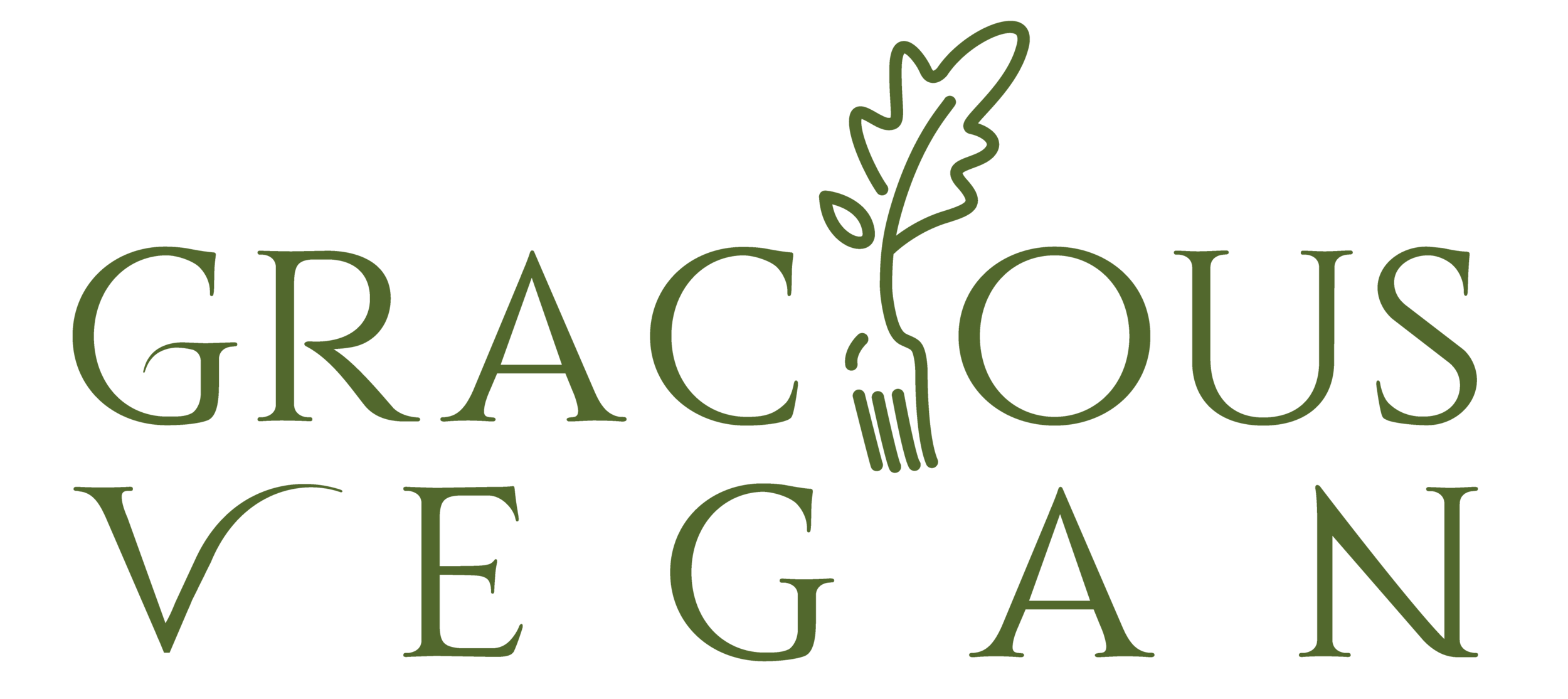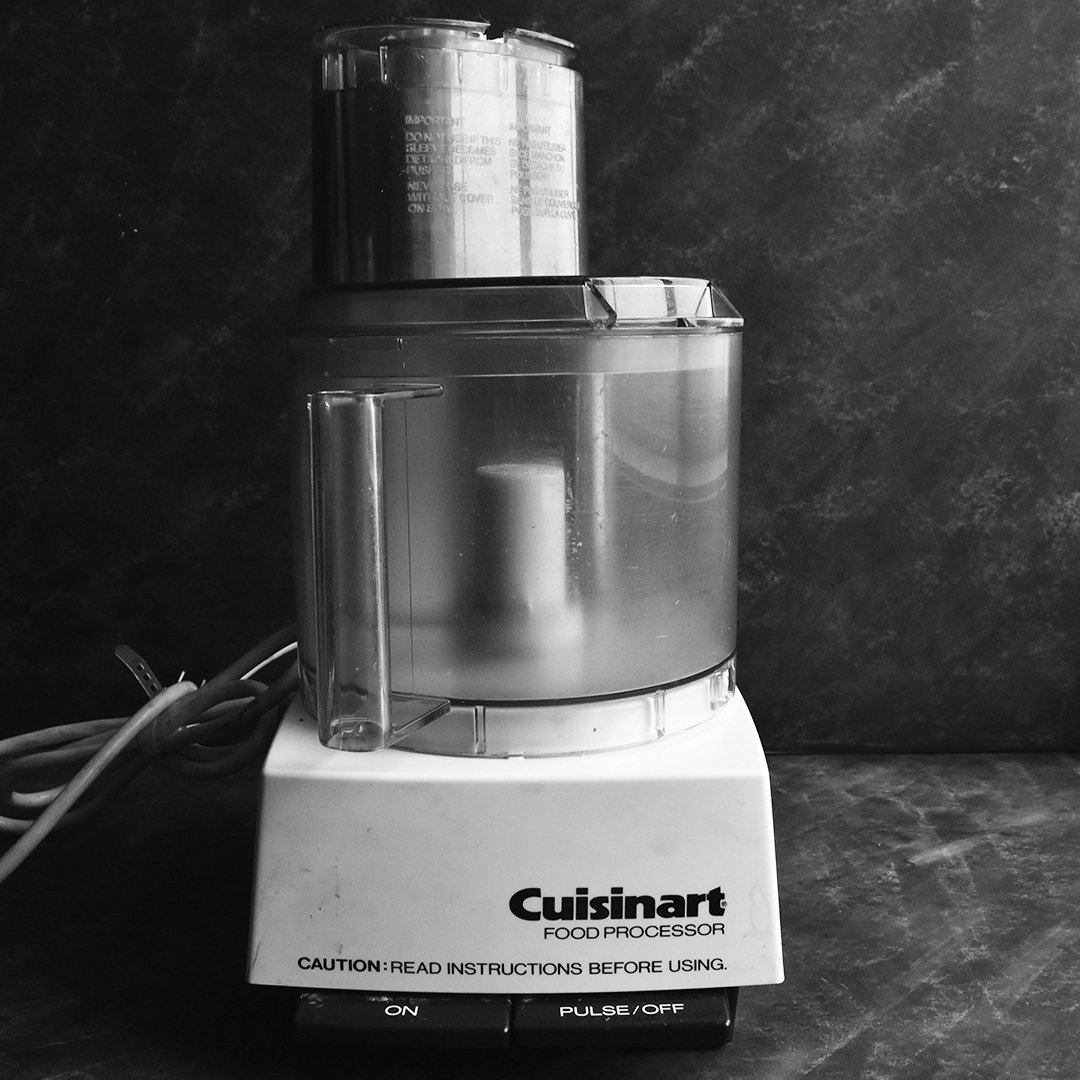Questions about Plant-Based Cooking and Preparation Techniques
This comprehensive guide covers most vegetables and works with most ovens. The tahini-based no-oil coating saves several hundred calories over oil and tastes great. With this approach of high heat and convection, excellent caramelization is achieved as well. While almost all recipes for roasted vegetables are plant-based, this whole-food approach combines ultimate health and flavor.
This is a question asked by some cooks new to plant-based recipes. Is having a blender enough? I offer my view and evidence in this blog (2-minute read).
Using a steam approach in the Instant Pot means less nutrient loss than boiling vegetables in water on the stove. It’s also very easy, and you don’t have to watch the stove for under- or over-heating. Using my method, you can prep and steam enough vegetables for at least 3-4 days.
A basic explanation and guide (with video) to sautéing vegetables with water (or broth) instead of oil.
What’s the real deal on refrigerating bananas? Does chilling them mean permanent damage? We put it to the test.
No meal prep strategy is complete without packets of cooked-then-frozen pasta. This technique works well for all kinds of pasta, including whole grain and legume-based.
Can avocados really be frozen and come out like they are fresh off the tree? I tried it myself, and here are the results.
What’s the best way to stir a jar of natural peanut butter to get that pool of oil distributed and all the hard lumps smoothed out? I have explored the most popular suggestions and made a verdict of my own.
Here are my best tips for reducing or eliminating oil in your plant-based cooking.










A how-to on freezing plant-based meals. I cover what ingredients do and don’t freeze well, what kinds of containers work best, and then I provide links to recipes that freeze well. For those seeking a quick primer on plant-based or vegan meal-prep, this post is for you.